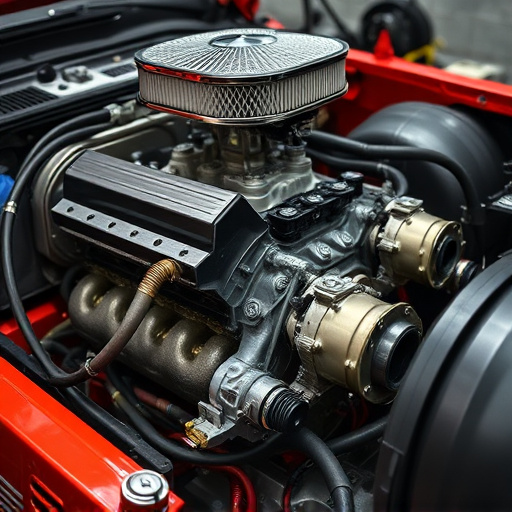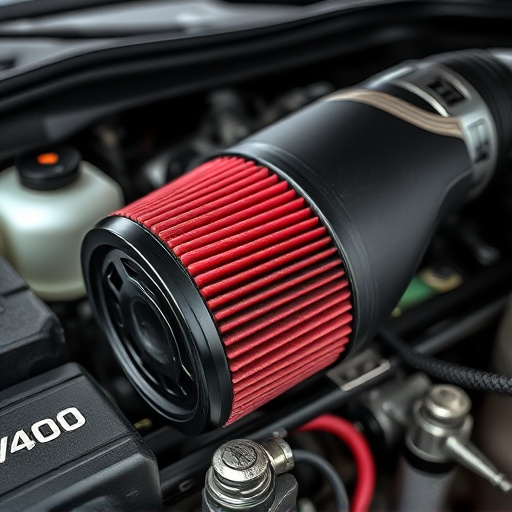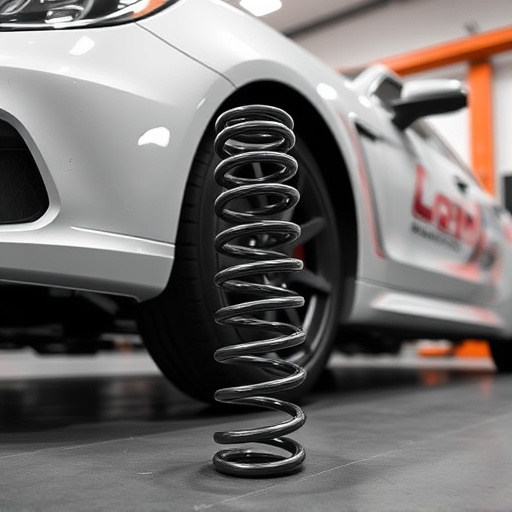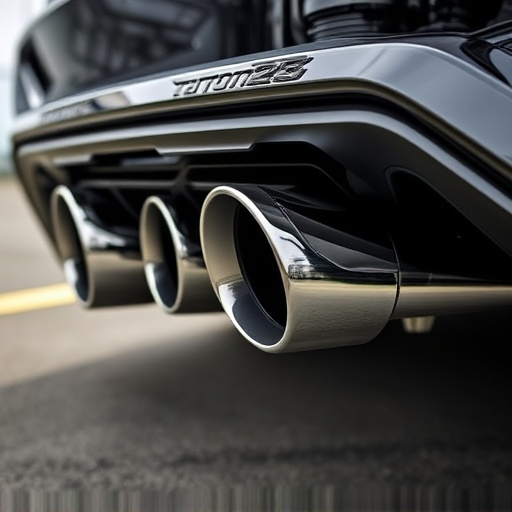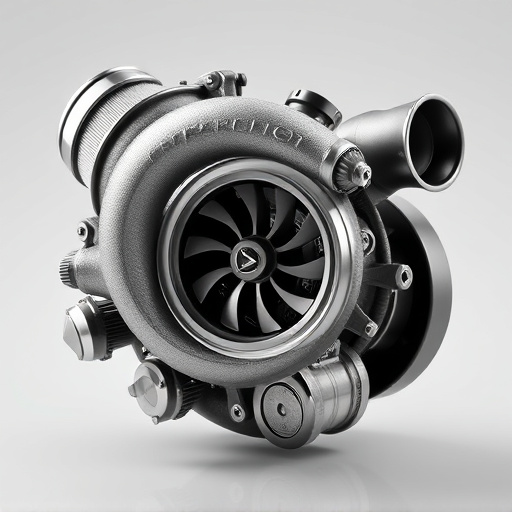Dyno tuning uses dynamometers (dynos) to optimize vehicle performance by measuring and adjusting key engine metrics like power, torque, and fuel efficiency. Choices between engine or chassis dynos are crucial for targeted modifications. This sophisticated process enhances output, dynamics, acceleration, and top speed through precise adjustments using advanced sensors and software while maintaining safety.
“Unleash your vehicle’s full potential with the art of dyno tuning—a powerful tool for performance enthusiasts. This comprehensive guide delves into the fundamentals, offering a clear understanding of dyno tuning basics. We explore the distinction between engine and chassis dynometers, their unique advantages, and how they shape vehicle dynamics. Learn how this process optimizes performance, enhances efficiency, and ensures precise adjustments. Discover why dyno tuning is a game-changer for those seeking to extract the ultimate from their ride.”
- Understanding Dyno Tuning Basics
- Engine vs Chassis Dynometers
- Optimizing Performance with Dyno Tuning
Understanding Dyno Tuning Basics
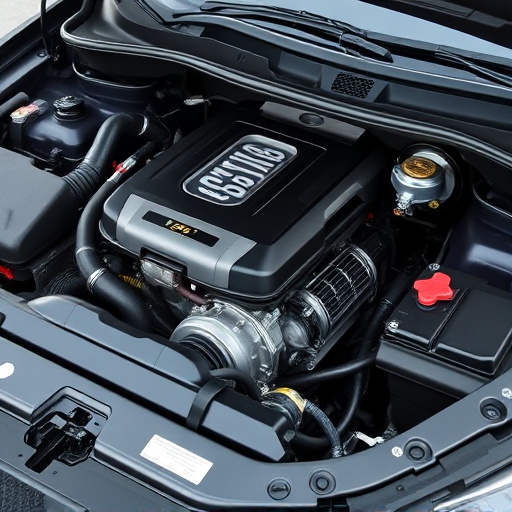
Dyno tuning is a process that involves optimizing a vehicle’s performance by making adjustments on a dynamometer (dyno). This advanced piece of equipment allows mechanics and enthusiasts to measure and manipulate various aspects of an engine’s performance, such as power output, torque, and fuel efficiency. By understanding dyno tuning basics, car owners can make informed decisions about enhancing their vehicles’ capabilities.
The process typically begins with attaching the vehicle to the dyno, which measures the force produced by the engine as it accelerates. This data is then used to identify areas for improvement. Upgrades such as high-flow exhaust mufflers and tips, or enhancements in suspension components, can significantly impact overall performance. Dyno tuning helps fine-tune these modifications, ensuring that each component contributes positively to the vehicle’s power and handling characteristics.
Engine vs Chassis Dynometers
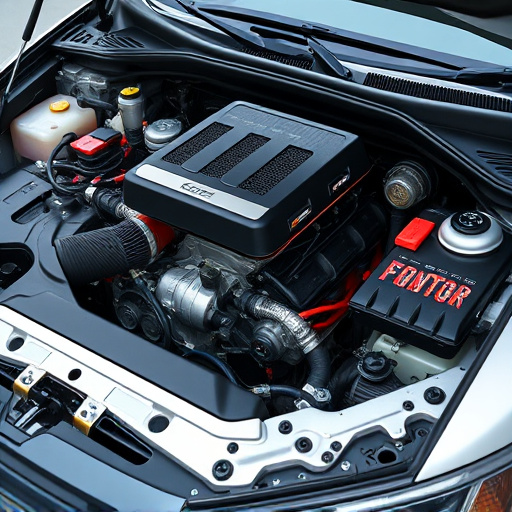
In the realm of dyno tuning, the choice between an engine dyno and a chassis dyno is pivotal for achieving optimal performance. Engine dynamometers focus on measuring power outputs directly from the crankshaft, providing insights into the motor’s peak horsepower and torque figures. This type of dyno is ideal for fine-tuning engines, especially when modifications like high-performance air filter kits or coilover kits are involved. It allows mechanics to assess changes in engine performance with precise data.
On the other hand, chassis dynamometers test the overall vehicle dynamics by measuring power transfer from the wheels to the ground. This is crucial for tuning not just the engine but also the suspension, tires, and brakes. For instance, when upgrading brake pads, a chassis dyno can help gauge the improvement in stopping power and how it impacts acceleration and handling. In terms of dyno tuning, understanding these differences ensures that every component contributes to enhancing overall vehicle performance.
Optimizing Performance with Dyno Tuning
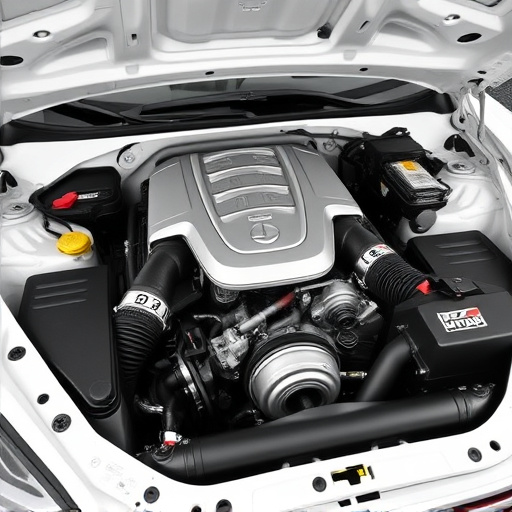
Dyno tuning is a precise method to optimize vehicle performance by measuring and adjusting various parameters on a chassis or engine dyno. This process involves running tests under controlled conditions, allowing for data-driven decisions that fine-tune the engine’s output and efficiency. By utilizing advanced sensors and software, technicians can analyze factors such as air/fuel ratios, spark timings, and turbine speeds to make incremental adjustments, pushing the engine to its limits while maintaining reliability.
One key benefit of dyno tuning is its ability to enhance power gains, often achieved through modifications like installing a cat back exhaust system, upgrading brake components, or fitting high-performance suspension kits. These upgrades can significantly impact the vehicle’s acceleration, top speed, and overall driving dynamics. Dyno tuning ensures that these modifications are made effectively, maximizing performance potential without compromising control or safety.
Dyno tuning, whether performed on an engine or chassis dynometer, is a powerful tool for optimizing vehicle performance. By utilizing these advanced testing platforms, automotive enthusiasts and professionals can uncover hidden potential within their engines, leading to significant gains in power and efficiency. Whether you’re a race team seeking record-breaking speeds or a car enthusiast wanting to maximize your daily driver’s performance, understanding dyno tuning basics and choosing the right type of dynometer is essential for achieving remarkable results.



